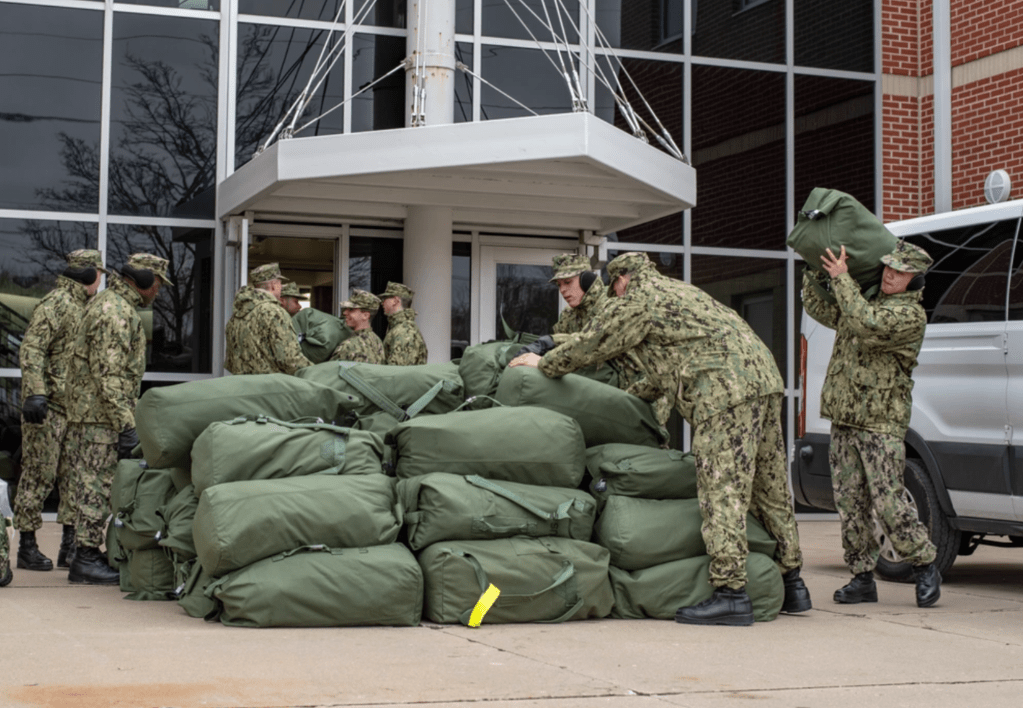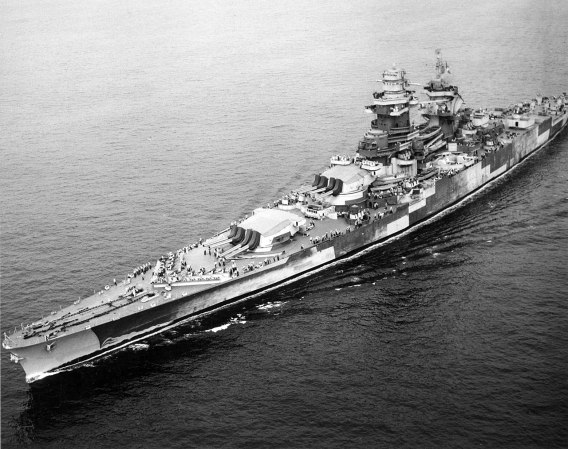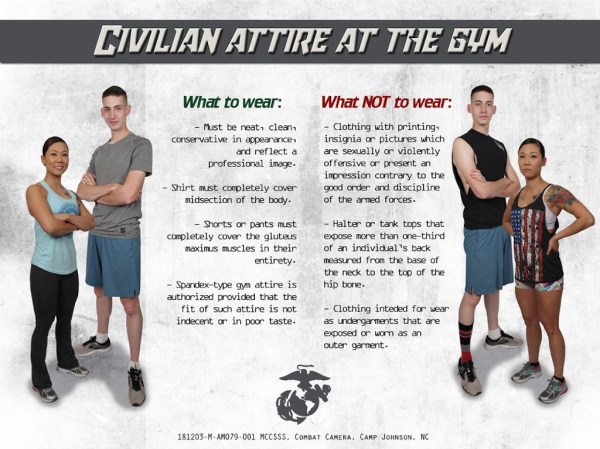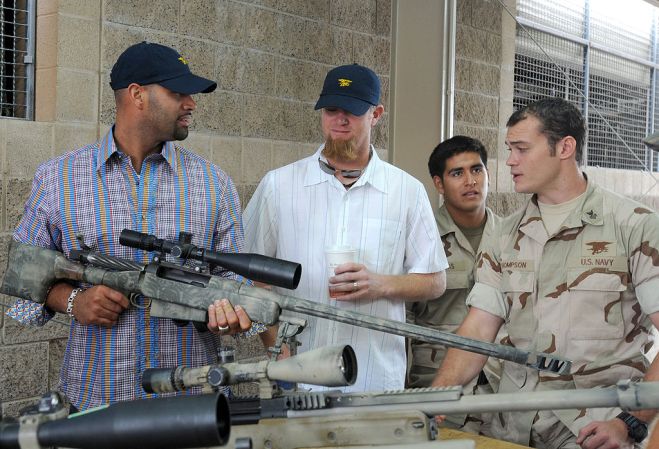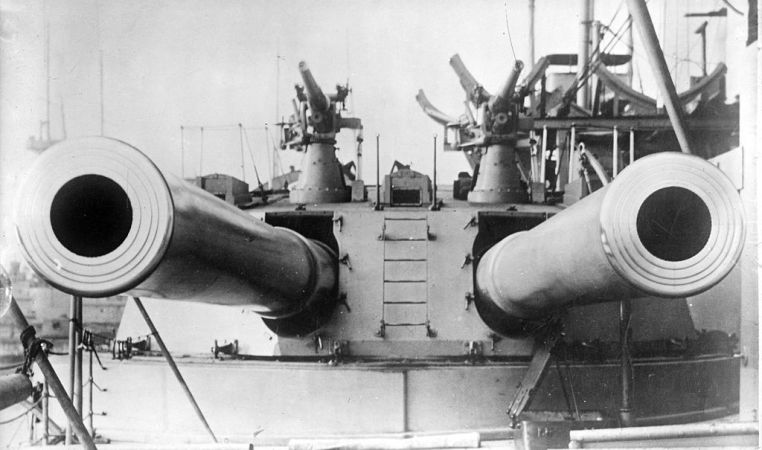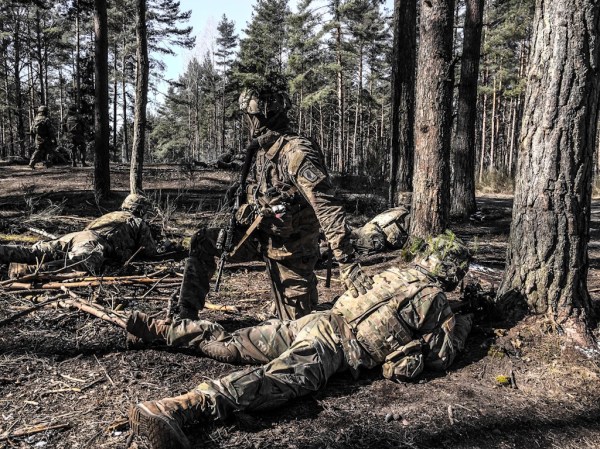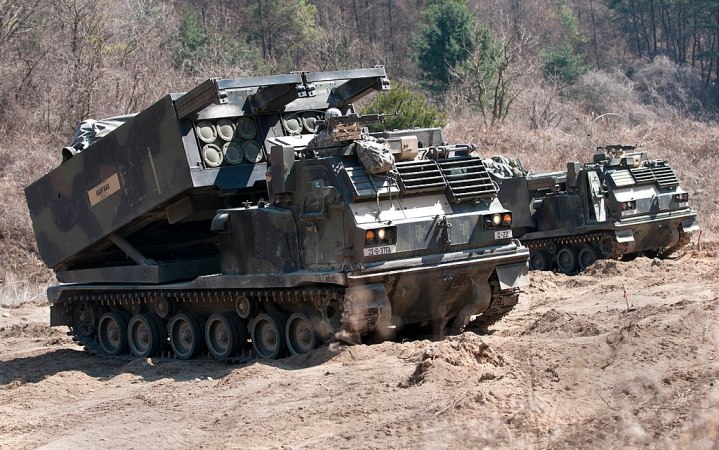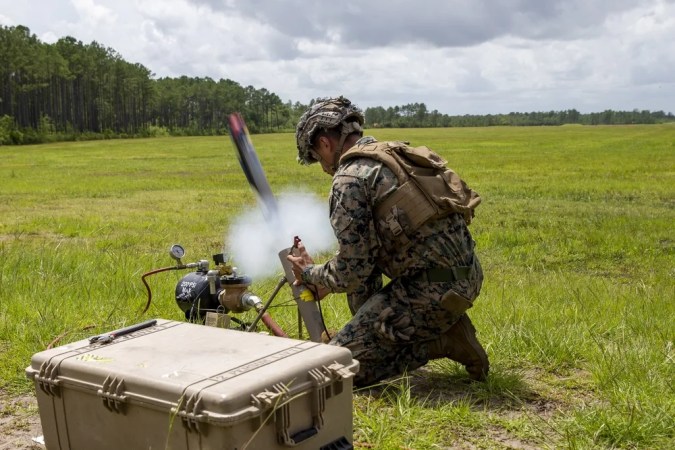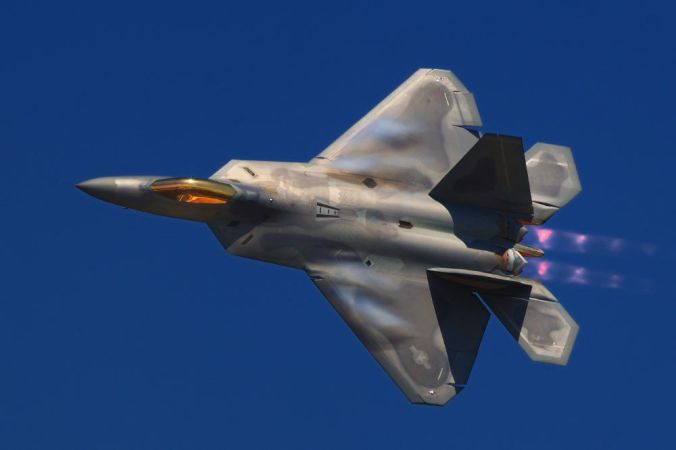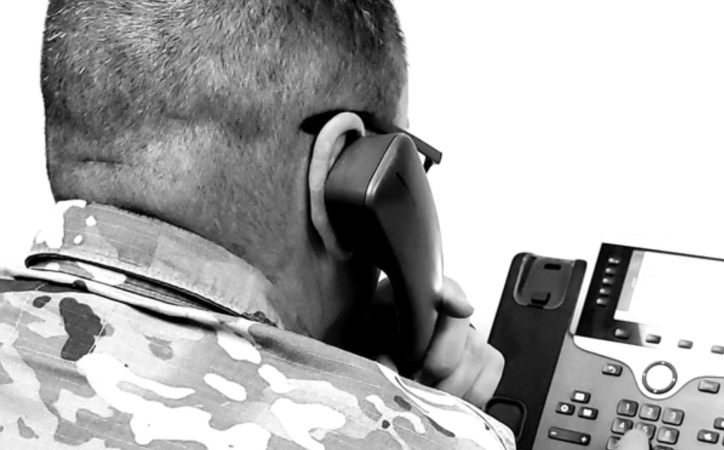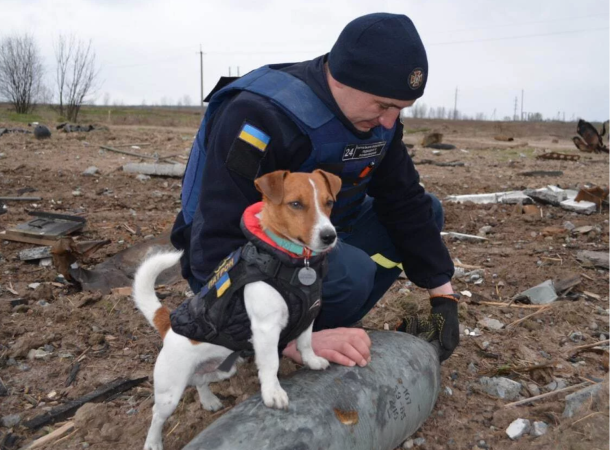The modern olive-green seabag we have in service today is from the 1970s era. It’s sturdy, the straps can carry a lot of weight and they are deceptively spacious. Sometimes troops write the places they’ve been on them. To have an ol’ salty looking one is a badge of honor in the Corps – as long as it’s not unserviceable. The evolution of the seabag stretches back to when it wasn’t even a bag at all. From the humble beginnings of a bundle of clothes and bedding, to the timeless pack we know today, this reliable piece of gear has always had the military’s back, literally.
The seabag’s history:
Pre-World War II

Early in the 1800s, before the War of 1812, Commodore Edward Preble banned the use of chests by Navy sailors under the rank of petty officer. The first seabag is painted black. Naturally, it is a nightmare for sailors to dig through below deck at night. They would attempt to divide their belongings between the bag and the hammock they were issued to make things easier to find. Decades later this technique would become known as a ‘Lash-up’ in the 1900s. The black seabag was made of flax linen and stood at 42 inches with a diameter of 18 inches.
By the early 1900s, the seabag had changed from black to white, and the ‘Lash-up’ had become a tradition. The white seabag was reduced to 36 inches in height and 12 inches in diameter. Just like today, seabags at the time did not have straps but had to be labeled with the sailor’s name and number. When Reveille was called, sailors had to take down their hammocks suspended on hooks, pack up their bedding and get dressed. Ships in the 1930s phased out hammocks and equipped ships with racks.
Seabags Post-World War II
By the end of World War II, hammocks ceased to be issued. The navy set its sights on updating the seabag design with the ‘clothing-bedding bag’. The bag would carry the same issued gear as before such as bedding and uniforms. However, the new design took into consideration the freed-up space from the loss of a hammock. It incorporated the new space for the mattress instead. The new bag was only issued to new recruits and was not widely adopted throughout the Navy due to ALNAV 278-45 which removed the need for sailors to own a personal mattress. It was upgraded with a strap, outside pocket and locking system that is still used in today’s olive-green seabags. You can almost feel the relief of those sailors from that era that they now had a lighter, more secure seabag.

In 1952, an olive-green canvas version of seabag was introduced. The seabag design still included the over-the-shoulder carrying strap and an outside pocket. The color was now olive drab since all U.S. Armed Forces were using the same type bag. Naval personnel still referred to the clothing container as a “seabag” — to all other armed services it was a “duffel bag”.
James L. Leuci, ITCM, USN (Ret.)
During the Vietnam-era 1970s, the seabag received another upgrade in the form of straps, and were now made of nylon. The new, functional improvements allowed the sailor to comfortably carry the seabag like a backpack. The military is always inventing and reinventing the way troops use gear. By trial and error, the military considers how gear impacts readiness. No matter how the seabag evolves in the future, one thing is for certain, we will always love our seabag.
Read more on WATM:
Travis Kelce’s grandfather was shot down 3 times during WWII
The real-life TOPGUN advisors made cameos in ‘Top Gun’ and ‘Top Gun: Maverick’


